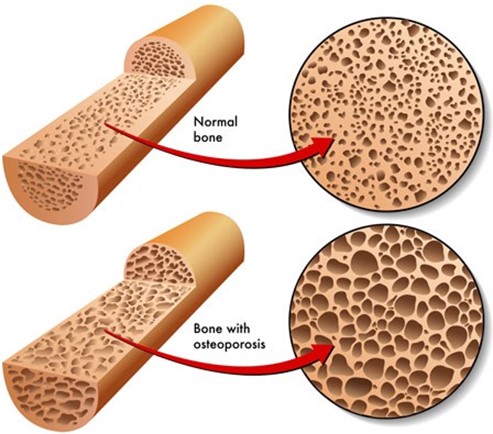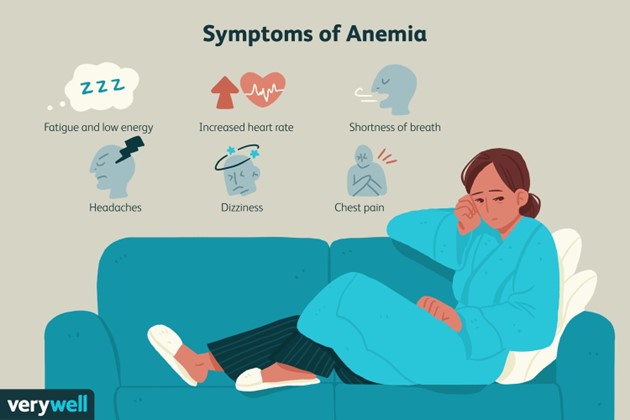A nurse is teaching a client who has endometriosis about the adverse effects of leuprolide.
Which of the following manifestations should the nurse include in the teaching?
Pallor.
Increased appetite.
Bone loss.
Hypoglycemia.
The Correct Answer is C

Leuprolide can cause bone loss, which can lead to osteoporosis and an increased risk of bone fractures.
Choice A, Pallor, is not the correct answer because pallor (pale skin) is not a common side effect of leuprolide.
Choice B, Increased appetite, is not the correct answer because increased appetite is not a common side effect of leuprolide.
Choice D, Hypoglycemia, is not the correct answer because hypoglycemia (low blood sugar) is not a common side effect of leuprolide.
Nursing Test Bank
Naxlex Comprehensive Predictor Exams
Related Questions
Correct Answer is A
Explanation
This statement indicates an understanding of the teaching because headache is a common symptom of anemia.
 Choice B is incorrect because bradycardia (slow heart rate) is not a common symptom of anemia.
Choice B is incorrect because bradycardia (slow heart rate) is not a common symptom of anemia.
Instead, anemia can cause irregular heartbeats or a fast heartbeat.
Choice Dis incorrect because flushed skin color is not a common symptom of anemia.
Instead, anemia can cause pale or yellowish skin 1.
Choice Cis incorrect because heat intolerance is not a common symptom of anemia.
Correct Answer is B
Explanation
This statement indicates that the client understands that genital herpes lesions can take time to heal and that they may not resolve immediately.
Choice A is incorrect because antibiotic ointment is not used to treat genital herpes lesions.
Antiviral medication is used to manage symptoms and prevent outbreaks.
Choice C is incorrect because natural skin condoms are not effective in preventing the spread of genital herpes.
Latex condoms should be used during sexual intercourse to reduce the risk of transmission.
Choice D is incorrect because the duration of antiviral medication treatment for genital herpes varies and may be longer than 3 weeks.
It’s important for the client to follow their healthcare provider’s instructions for taking medication.
Whether you are a student looking to ace your exams or a practicing nurse seeking to enhance your expertise , our nursing education contents will empower you with the confidence and competence to make a difference in the lives of patients and become a respected leader in the healthcare field.
Visit Naxlex, invest in your future and unlock endless possibilities with our unparalleled nursing education contents today
Report Wrong Answer on the Current Question
Do you disagree with the answer? If yes, what is your expected answer? Explain.
Kindly be descriptive with the issue you are facing.
